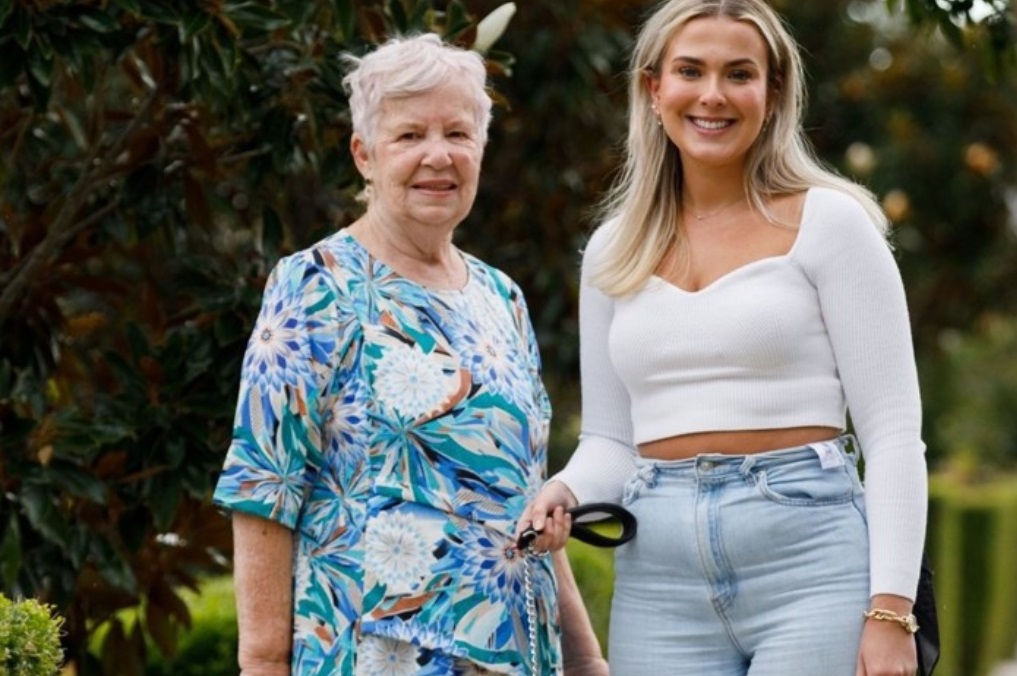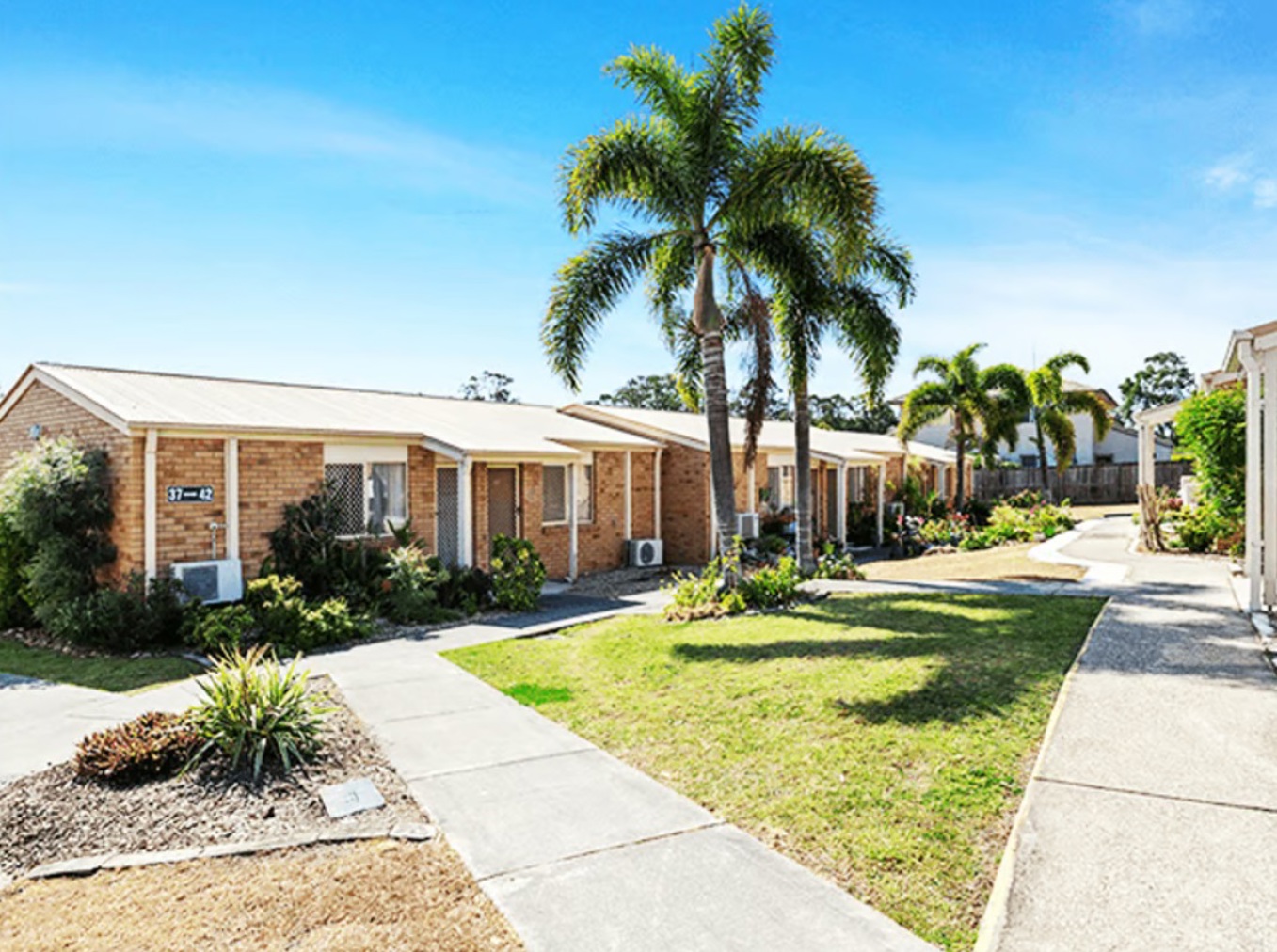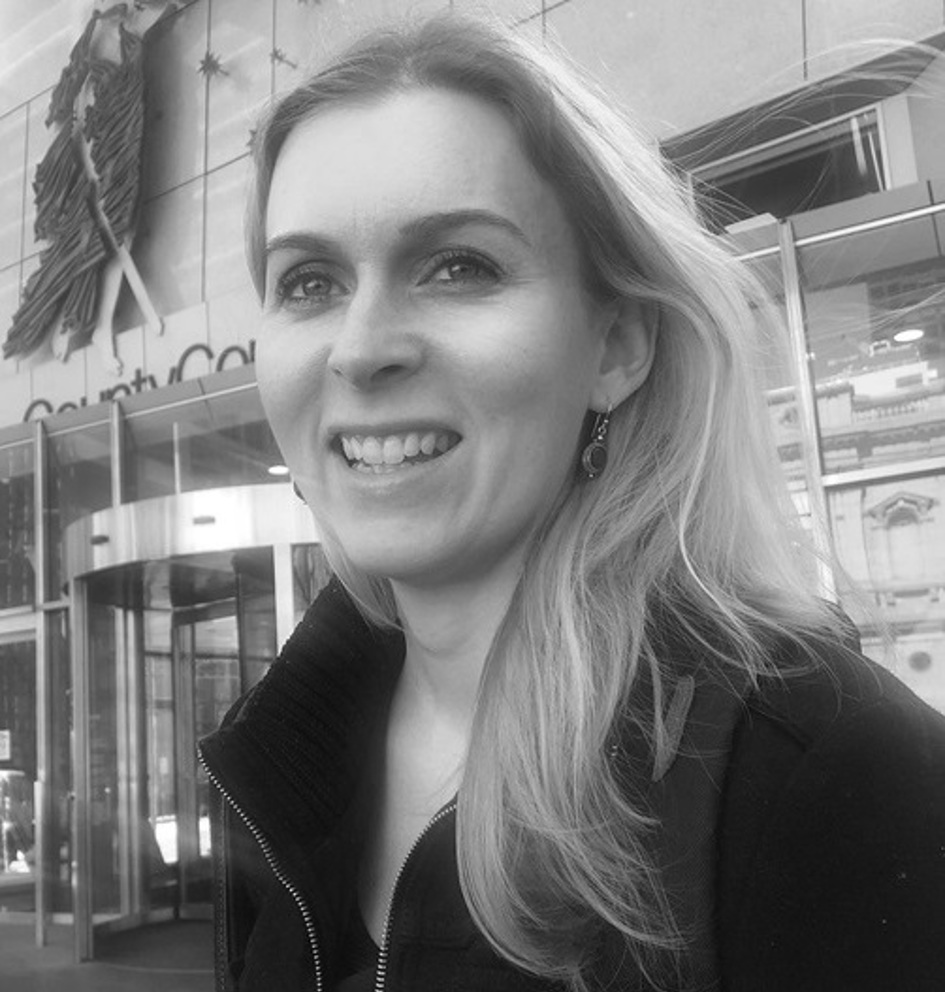With Christmas approaching, mealtimes in aged care are about so much more than nutrition

Mealtimes in aged care are rituals built around pleasure, choice, and dignity, says Sam Bridgewater, Co-Founder of The Pure Food Co.
“By prioritising mealtimes as a social occasion, it gives structure to the day, creating moments to look forward to, which can be incredibly valuable for those who may otherwise experience feelings of loneliness or isolation,” said Sam.
“Showing interest in each other’s lives over shared meals builds relationships, reinforces a sense of community, and promotes emotional well-being - and for elderly residents, these social interactions provide a human connection offering comfort, engagement, and a sense of belonging.
“They also hold special significance for people with dysphagia, a condition that makes swallowing difficult and potentially dangerous. For those affected, eating safely can be a daily challenge and fear around mealtimes can limit their ability to enjoy the benefits of sharing a meal with others.”
Sam said many people with dysphagia find playing classical music helps residents relax; promoting a sense of calm that encourages residents to focus on their meal and eat at a comfortable pace. By creating a calm, supportive environment where there’s a choice of colourful, appetising, appealing and easy to eat textured meals, these fears can be minimised.
“It’s an issue that can feel more pronounced around special occasions like Christmas, when mealtime embodies the tradition of connection, joy, and togetherness,” said Sam.
“But with proper planning and attention to texture-modified foods that meet International Dysphagia Diet Standardisation Initiative (IDDSI) guidelines, those with swallowing difficulties can share in the warmth of all dining occasions without feeling left out or their safety compromised.”
Less than 10% of aged care residents finish main meals: study
A study by Monash University revealed less than 10% of aged care residents finish their main meals, often due to issues with meal appeal and taste.
“Thankfully this has been addressed and a major focus of the new Aged Care Standards - improving the choice and variety of foods in aged care,” said Sam.
“With Christmas around the corner, it’s an ideal opportunity for providers to align with these new Aged Care Standards around food quality, variety, and nutrition. With the right setup, training, and professional support, staff can confidently prepare a range of textured-modified meals that meet the precise requirements for texture, nutrition, portion size, and presentation.
“It’s why it’s so important that texture-modified meals resemble regular meals. A well-presented plate can stimulate appetite and helps reinforce the idea that mealtime is something to look forward to – and an opportunity for residents to feel seen and respected.
“It creates an inclusive atmosphere that allows residents to enjoy the social and emotional connection of dining, making mealtimes feel inclusive and enjoyable rather than a functional task.
“When everyone, regardless of dietary needs, can participate in mealtimes, including special occasions like Christmas, it honours their identity and reinforces a sense of belonging.
“As we embrace the new Aged Care Standards, let’s remember that while residents' dietary needs may change, their right to food choice shouldn’t.”
Why mealtime contributes to the wellbeing of residents in aged care facilities
Social connection: Mealtimes a sense of structure, companionship, and purpose. Regular, enjoyable mealtimes are essential in providing a stable, comforting environment that supports a residents mental and physical health
Emotional comfort: Familiar meals and dining routines provide emotional comfort and can bring a sense of normalcy to daily life
Routine and structure: Regular mealtimes create a safe and predictable routine which is beneficial for residents with dysphagia or cognitive impairments, helping them feel more secure and at ease
Nutrition: A positive mealtime setting encourages residents to eat well to support their nutrient intake for muscle maintenance, cognitive health and immune function.
Cultural and personal identity: Food is closely tied to culture and personal identity so offering favourite dishes or traditional recipes can help residents feel safe, respected and valued.














